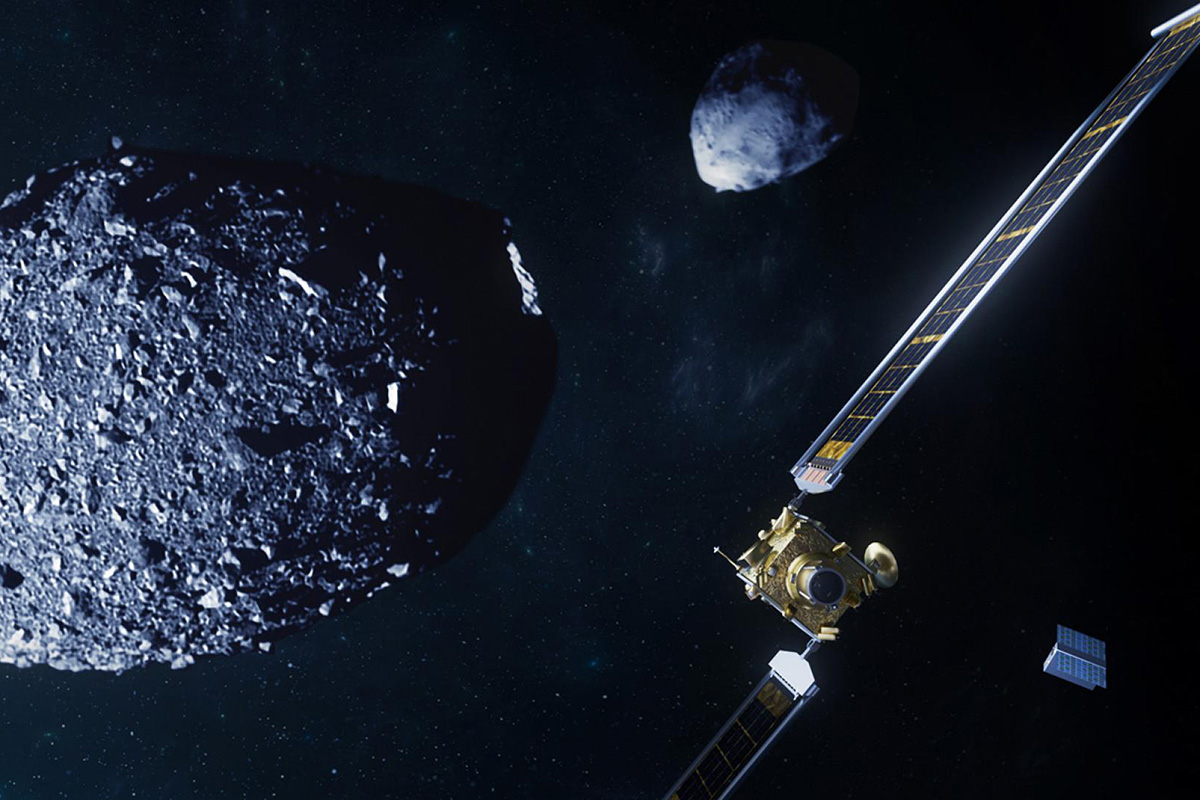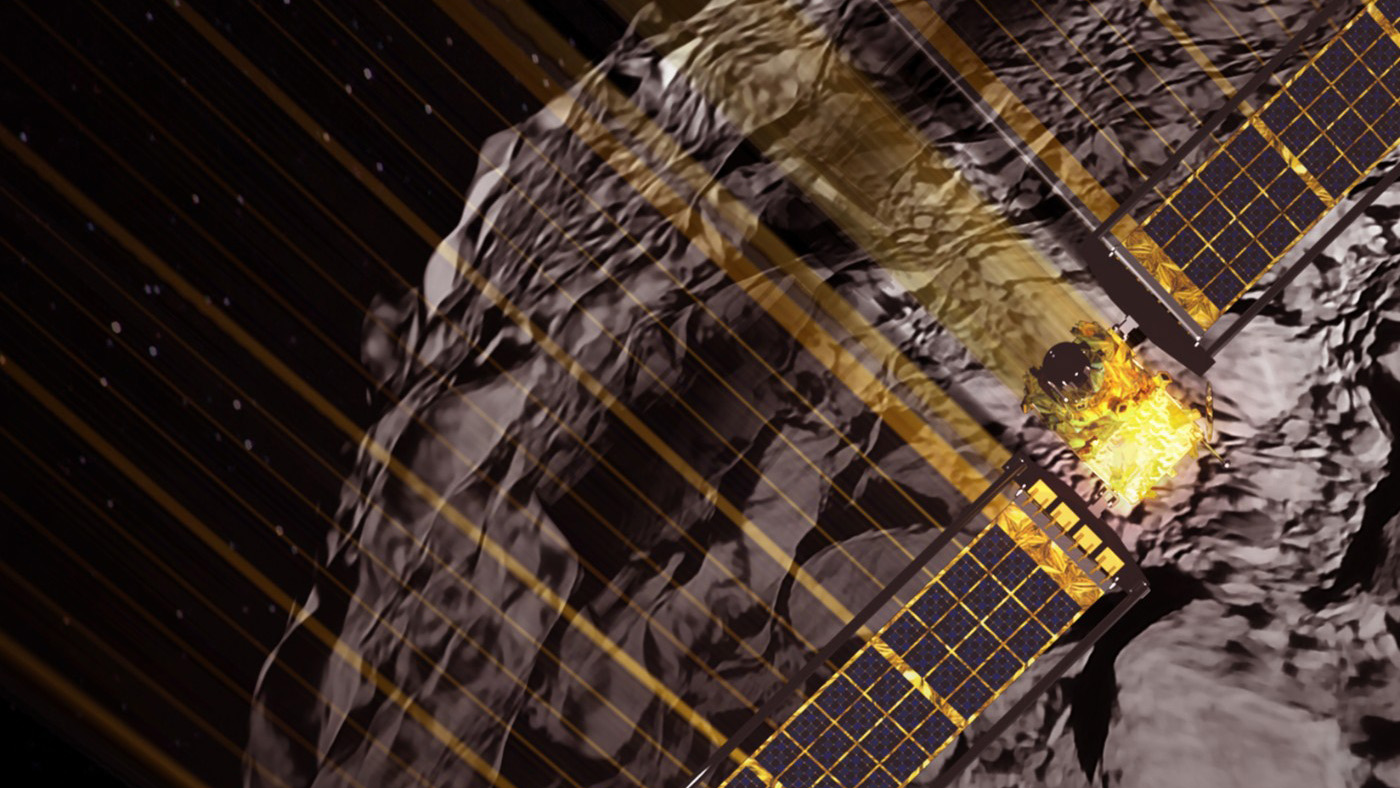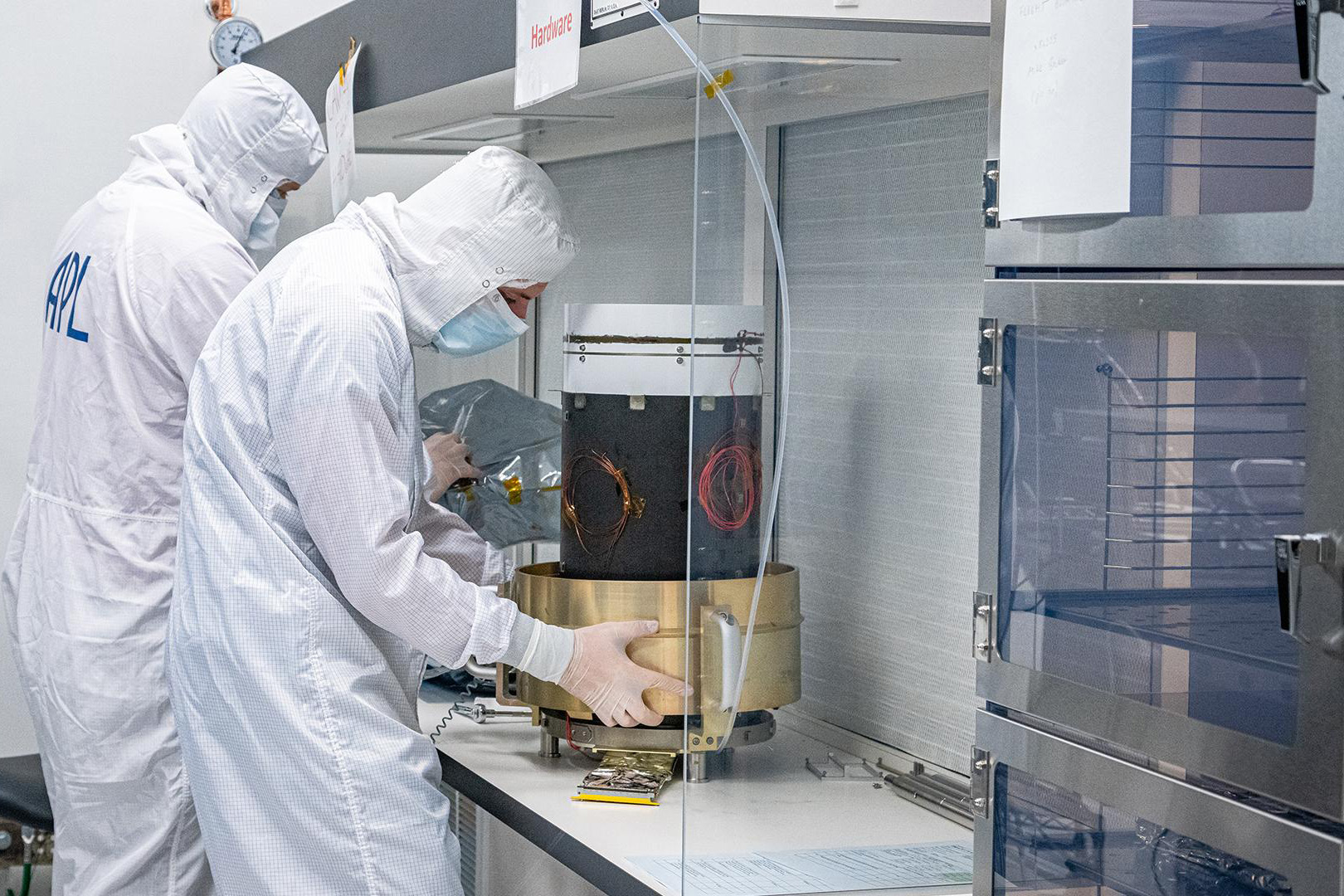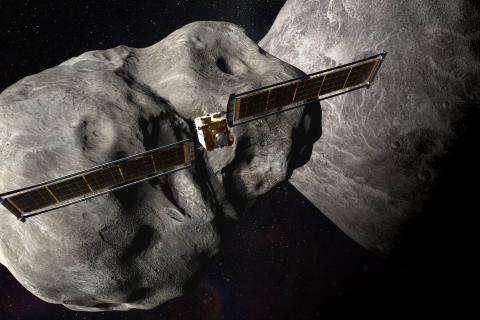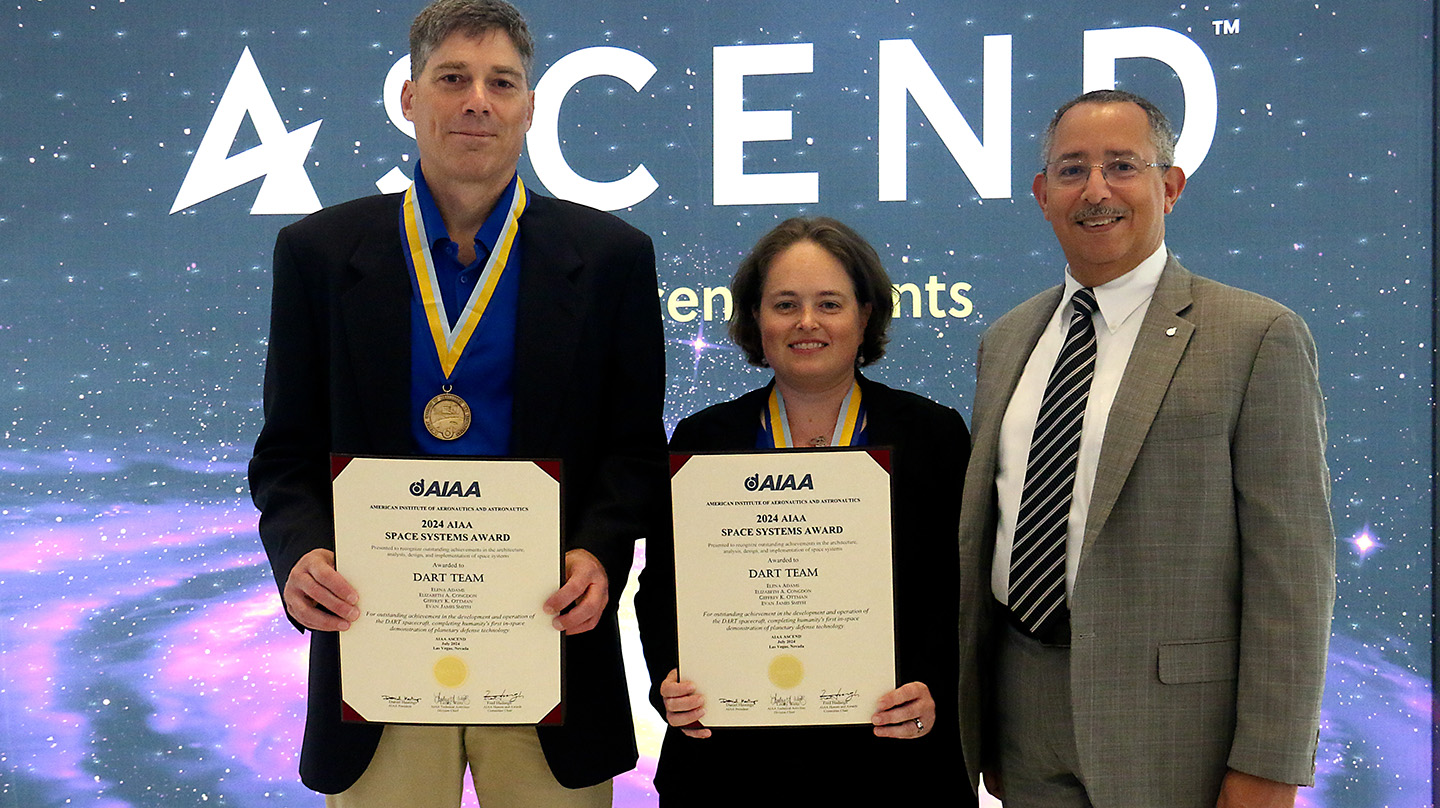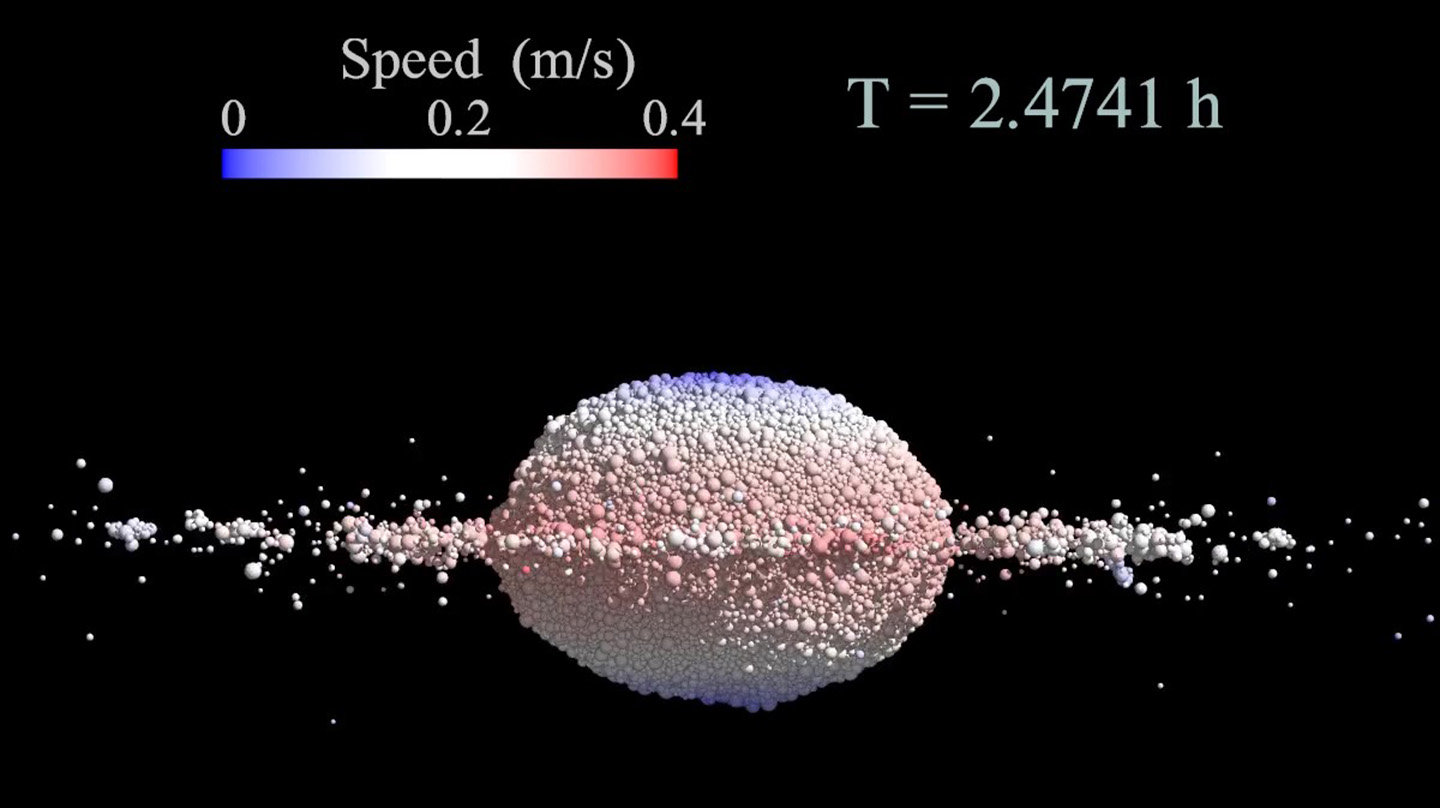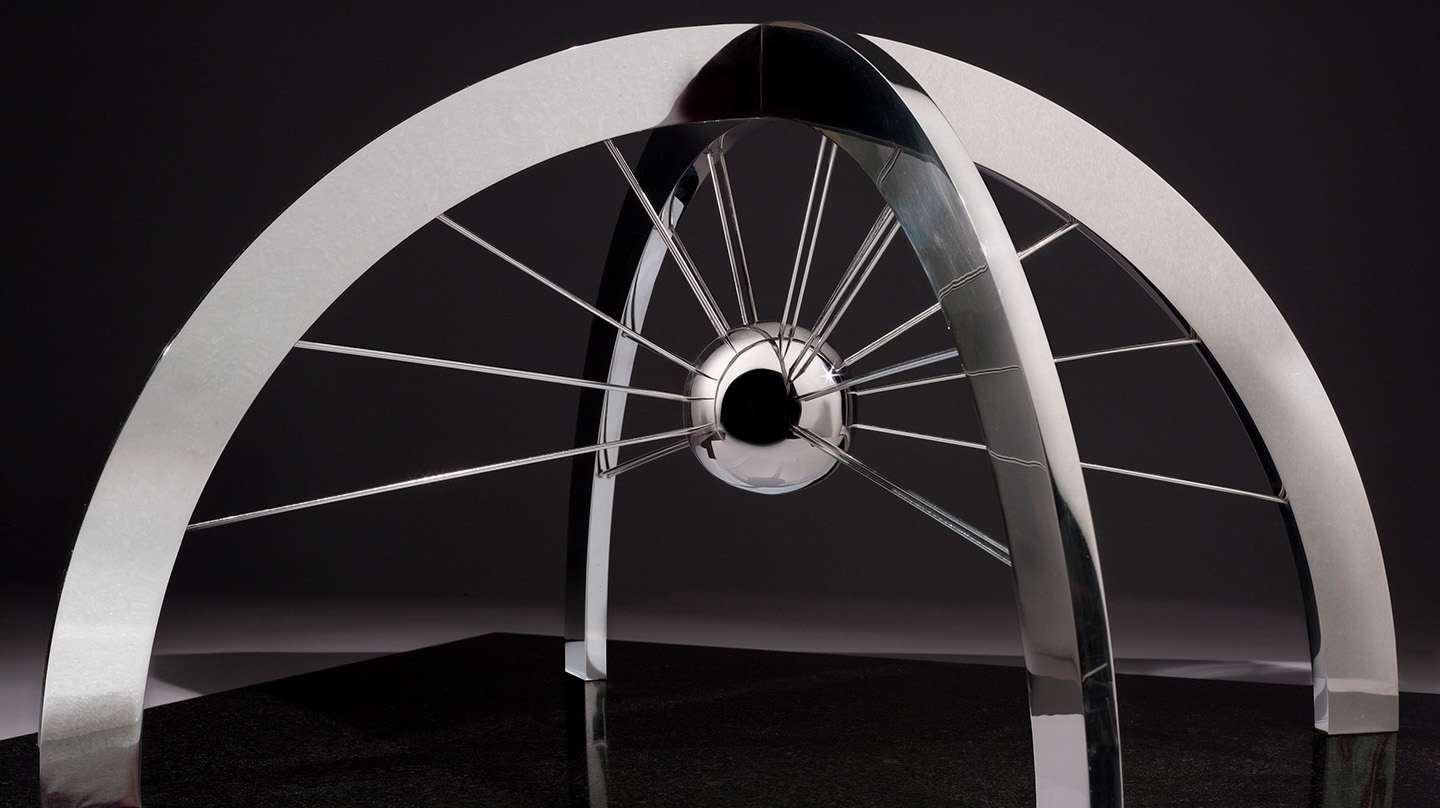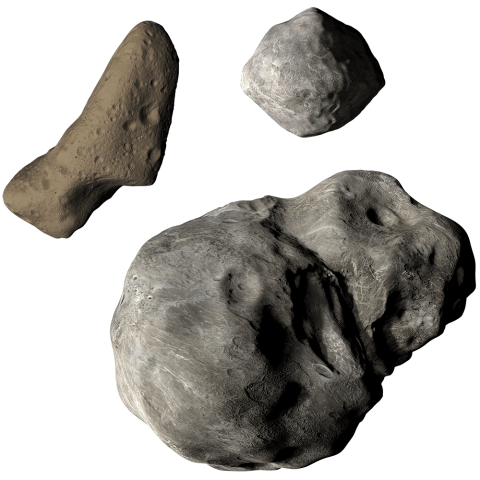Our Contribution
First Planetary Defense Test Mission
DART’s target was the Didymos binary asteroid system, consisting of Didymos itself, about a half-mile across, and a smaller companion called Dimorphos, about 530 feet across.
Launched Nov. 24, 2021, from Vandenberg Space Force Base near Lompoc, California, DART (Double Asteroid Redirection Test) used an autonomous targeting system to aim itself at Dimorphos. DART impacted Dimorphos on Sept. 26, 2022, striking the smaller body at just over four miles per second and successfully altering Didymos’ orbit around Dimorphos by 32 minutes. Telescopes on Earth imaged the asteroid system to measure the change in Dimorphos’ orbit around Didymos.
